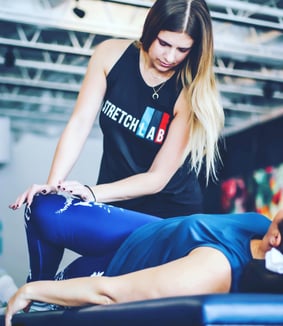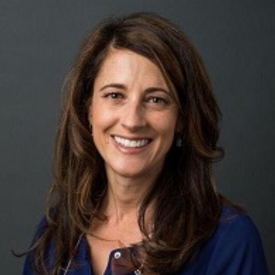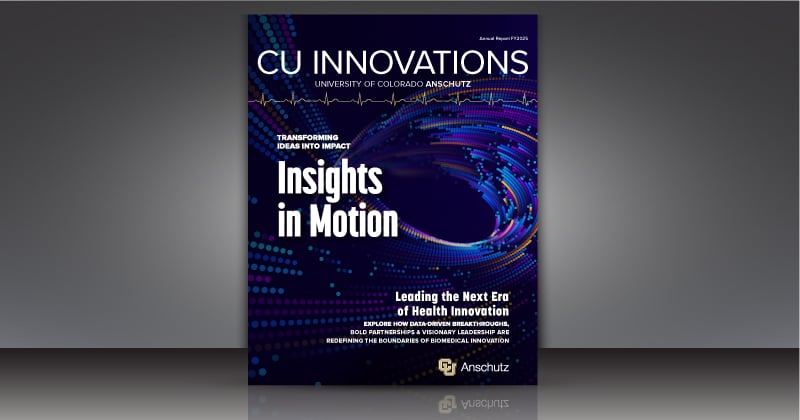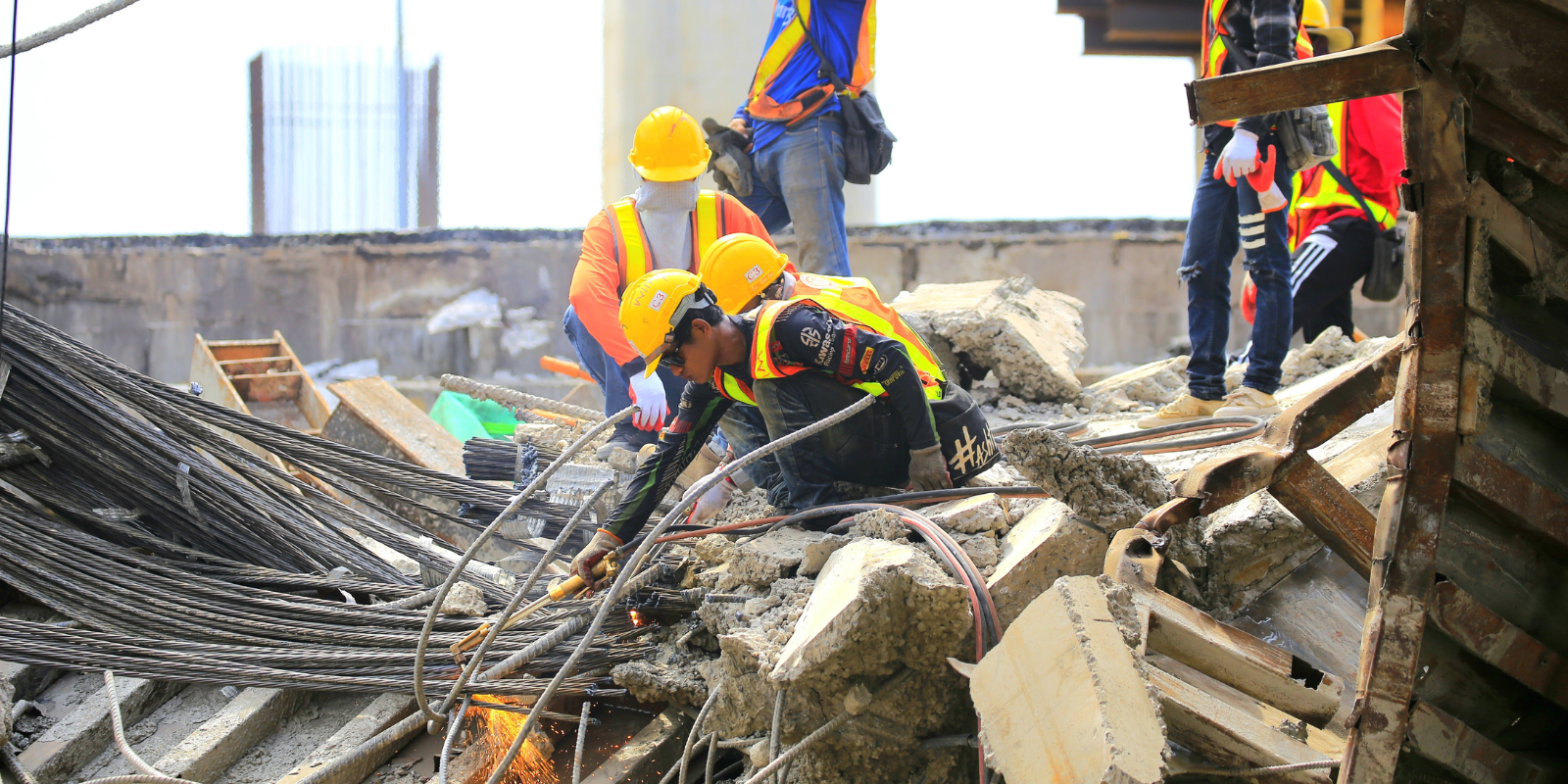Franchises such as StretchLab and Stretch Zone are popping up across the country, adding another self-care outlet for fitness-focused consumers.
While the rising trend can offer a low-intensity, mindful “workout” to a fitness routine and provide a deeper stretch than people can achieve on their own, there are potential downsides to keep in mind.
|
Fad or Fact? A series exploring current health-related trends through the scientific lenses of our CU Anschutz experts.
|
“We're seeing more emphasis on mindfulness, health and wellness that doesn't just incorporate high-intensity activities, but activities that are grounded in slow, intentional movements such as yoga and stretching,” said Amy McDevitt, PT, DPT, associate professor, coordinator of the musculoskeletal conditions courses and section director of curriculum of Physical Therapy at the University of Colorado School of Medicine.
“I don't believe it (assisted stretching) is that different from other avenues used to achieve better physical health and wellness – such as yoga, Pilates or massage therapy – the public is simply looking to small businesses to help them achieve their health and wellness goals,” McDevitt said.
Assisted stretching with a professional can offer a deeper and more intense stretch than people can achieve on their own, safely helping them attain a deeper, end-range stretch, McDevitt said, adding that it’s similar to using a yoga belt or a strap. “The only difference is instead of using an instrument, you're using a person to achieve that end-range stretch.”
Check training qualifications
McDevitt’s main concern with assisted-stretching centers is the potential for someone’s muscle to be stretched too far, beyond what is considered a healthy end range. Because of this risk of injury, consumers should ensure employees are trained to find the right balance.
At StretchLab, flexologists, or those who work at these centers, receive 60 to 70 hours of theory and hands-on training, said Victoria Pennington, a first-year physical therapy student in the Physical Therapy program at the CU Anschutz Medical Campus and a StretchLab “flexologist.”
 |
|
Victoria Pennington works at StretchLab as a flexologist. |
Pennington said flexologists are also hired based on their background, using her exercise science degree, yoga certification and physical therapy career goal as an example. Many of the lead and master flexologists have physical therapy degrees, said Pennington, who calls stretching the “forgotten side of fitness.”
McDevitt said the conundrum is that sometimes a muscle feels tight, like it needs to be stretched, when actually it has increased length and shouldn’t be stretched. In cases like this, a physical therapist should be consulted. “The flexologists have to be very careful to stay away from diagnosing pathology or even definitively saying what muscle is too long or too short, because I don't believe they have that level of training,” she said.
With deep stretching, timing matters
Time of stretching in relation to when a person exercises matters, too, McDevitt said. She cautioned against stretching too much prior to exercising. The recommendation is to do warmup exercises and light stretching before workouts, and reserve the deeper stretching for post-workout, McDevitt said.
“You warm up and stretch prior to activity, but you never go into your end range. If you stretch into those deeper end ranges and then do something like play soccer or make quick, ballistic movements, you can actually set yourself up for potential tissue damage.”
Consider the cost
At around $50 for 50 minutes of stretching, the cost is equivalent with other types of hands-on treatment. McDevitt said, “People are paying for a hands-on service. Some people like the sensation of being stretched, just as some people like getting a massage. It’s a therapeutic activity for them.”
When approached carefully, assisted stretching can be a helpful addition to a wellness routine. “Assisted stretching is a little bit more relaxing than a workout," Pennington said. "It’s not as relaxing as a massage, but it's more beneficial by the end, hopefully. I think people can usually feel the effects after the first stretch, and they're like, ‘Wow, I do feel looser. I do feel better.’”




